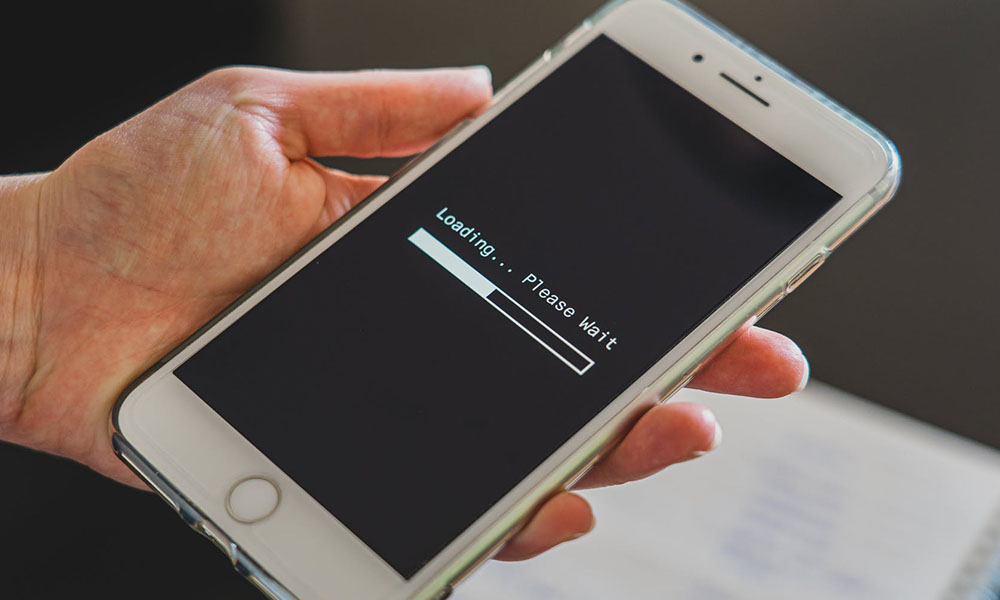How MITM attackers steal your information
You’re in a coffee shop and have logged into a free Wi-Fi network. An ordinary-looking individual with an open laptop could be stalking users who sign and not using a VPN. Long story short, the hacker gains access to the information you are passing and receiving. The attack may be through the current live session, or the hacker may simply download a trojan or bot for later exploits—when you log into your bank, for example. MITM Hijackers employ the following strategies, which allow them to:
detect and access unsecured networks through a Wi-Fi Pineapple route users to fake websites by spoofing a Domain Name Server (DNS) steal session cookies that have unencrypted login information to hijack your email account. detect your online activity with “sniffing” software to jump in between you and your targeted site design and employ a spoofed web application to fool you into disclosing login credentials.
The best protection against MITM attacks is to never connect to a public Wi-Fi server. There are, however, alternative ways to protect yourself while traveling:
- If you have lots of available mobile data, you can use your smartphone as a Wi-Fi hotspot and tether your laptop to the smartphone connection. Of course, it’s not free, as it taps into the mobile data charges.
- You can use a portable Wi-Fi router, which can be a safe and secure alternative to logging into someone else’s slow, insecure system. For a small upfront investment (around $100 or less), the traveler can log on anywhere in the world.
Use a VPN for best protection against MITM hackers
However, when public Wi-Fi is the most convenient option for the traveler, using a stand-alone version of a virtual private network (VPN) like Surfshark and employing sensible security practices will shield the user against intruders. A VPN, as previously mentioned, encrypts your online data. That hacker in the corner table will know you are on the line, but cannot steal what is unreadable. Become a master in cyber security by enrolling to Simplilearn’s Cyber Security Certification Course. What else you should know about security A VPN will protect your home and business connections, but it cannot keep you from downloading malware or clicking on dangerous links. Here is what else you need to do: Use your operating system’s built-in security features. Windows 10 and Mac OSX have firewalls and data encryption features. Learn to use them. Windows 10 has robust security features; for example, that can help you prevent cyberattacks. Keep your operating system and application software patched and updated. Those updates and patches are in response to detected security weaknesses and breaches. Install them as soon as they are available. Install commercial-grade anti-virus software. The best anti-virus software provides an instant response when a drive-by hacker sends you a virus. Upgrade your router security and install a premium VPN. Change your router password from its out-of-the-box generic version. Set up your router so that everything it controls has VPN protection.
